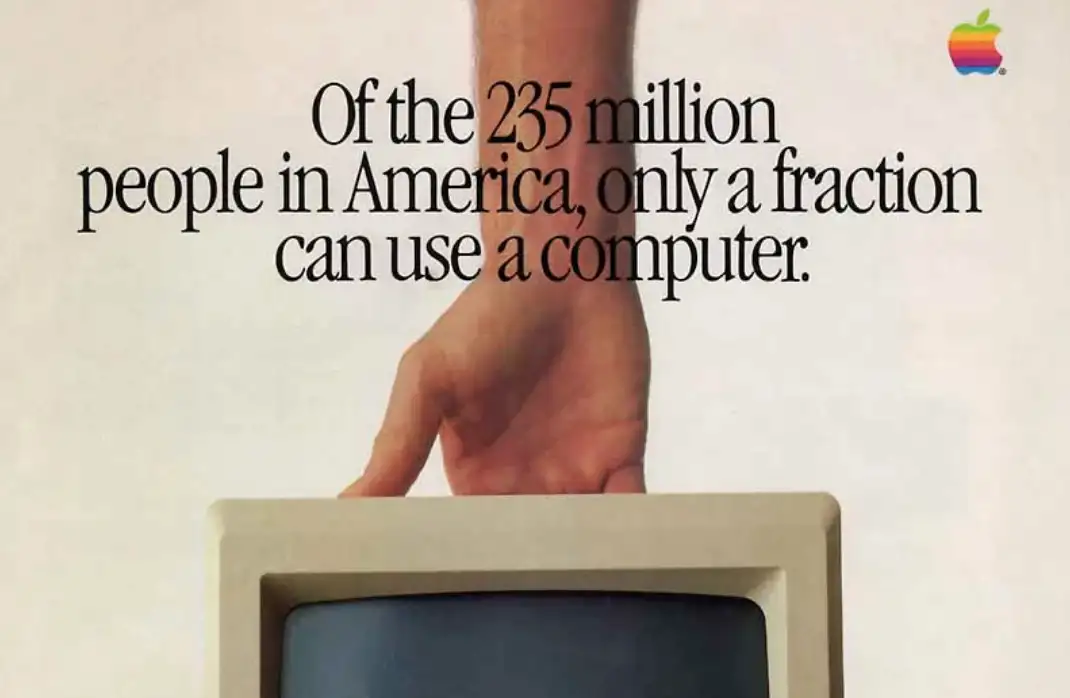The long road to creating a category

This post was originally published on November 10, 2021 for the Angular Ventures newsletter. Subscribe here to receive all new Angular blog posts, data reports, and newsletters directly to your inbox.
We spent a lot of time during the early years at Airtable pondering how to describe Airtable to somebody who had never used the product before.
Is it a spreadsheet? A database? A spreadsheet-like database? Something else entirely?
What seemed like a simple task proved to be incredibly difficult. And my guess is a lot of people reading this, especially those in enterprise and deep tech who are developing technology on the margins of what is possible, are facing this exact challenge. Whenever you’re building something new, it’s difficult to figure out how to describe it in a way that’s meaningful to the average person.
This is the real goal of category creation, of course. Category creation isn’t about convincing a Gartner analyst to create a new Magic Quadrant with your company in the upper-right hand corner. It’s about creating the language to describe your solution and a broad understanding of how your solution is different from the status quo.
When we were banging our heads against the wall at Airtable trying to figure out how to describe a database in a way that wasn’t intimidating to the average non-technical user (uhh maybe an all-in-one collaboration platform? A super-powered spreadsheet?), we often sought inspiration (and solace) by looking at old Macintosh ads.
In particular, there’s a magazine spread from 1984 that should be required reading for anybody creating something so ground-breaking, so indescribable, that you don’t yet have the language to describe it. You can take a look at the spread here.
As you’re looking, remember, back in 1984, personal computers were still somewhat rare. The average person didn’t know what a computer could do. Why should they want one? What value could it possibly provide?
Knowing what we know now, those questions seem almost absurd. What can’t a personal computer do? But in 1984, these were valid questions that the Apple marketing team had to somehow answer.
Their strategy? List aspirational use cases. Make emotional appeals. Author lengthy (and stunningly visual) descriptions of features. A two-page spread showing off the mouse. A four-page spread demonstrating how you could cut, copy, paste and print an image!


Apple gave us marketing language like this:
“[The] Macintosh was designed for anyone who handles, collects, distributes, interprets, organizes, files, comprehends, generates, duplicates, or otherwise futzes with information. Any information. Whether it’s words, numbers or pictures.”
(So…it was designed for everyone?)
“For doing everything from problem sets in Astrophysics 538 to term papers in Art Appreciation 101.”
(But what does it do exactly?)
“If you own your own business, owning your own Macintosh Personal Computer could mean the difference between getting home before dark, and getting home before Christmas.”
(How??)
On the one hand, this seems like a bad approach. In product marketing, we’re told we should always focus our language on solutions, not features, generic use cases or platitudes.
But on the other hand, when few people know what your product does, perhaps your best option is to appeal to their emotions, stoke their ambitions and harness their imaginations.
It worked for Apple (eventually*). For better or for worse, that’s what we did at Airtable, too.
So, if you’re creating something new and desperately trying to figure out how to describe it, try taking a page from Apple’s book. List some aspirational use cases. Employ some evocative language to try to capture the emotions your users might feel when they use your product for the first time. In the meantime, you’ll attract the early adopters who see the world as you see it. And sooner or later, once people start to broadly understand what is so revolutionary about what you’ve built, the category will be ready for you to create it.
*I’m skipping over the long history of the personal computer here. Apple is certainly not solely responsible for the personal computer becoming a clear, broadly understood category. In reality, the personal computer was first heavily adopted by businesses. Microsoft (and IBM) were the main drivers (and benefactors) of the adoption of personal computers by the enterprise. As business end users began to understand what a personal computer could do, they wanted to have one at home as well. Apple went after different market segments (home, education, creative) and nearly went bankrupt as a result. I still love those Macintosh ads though, don’t you?